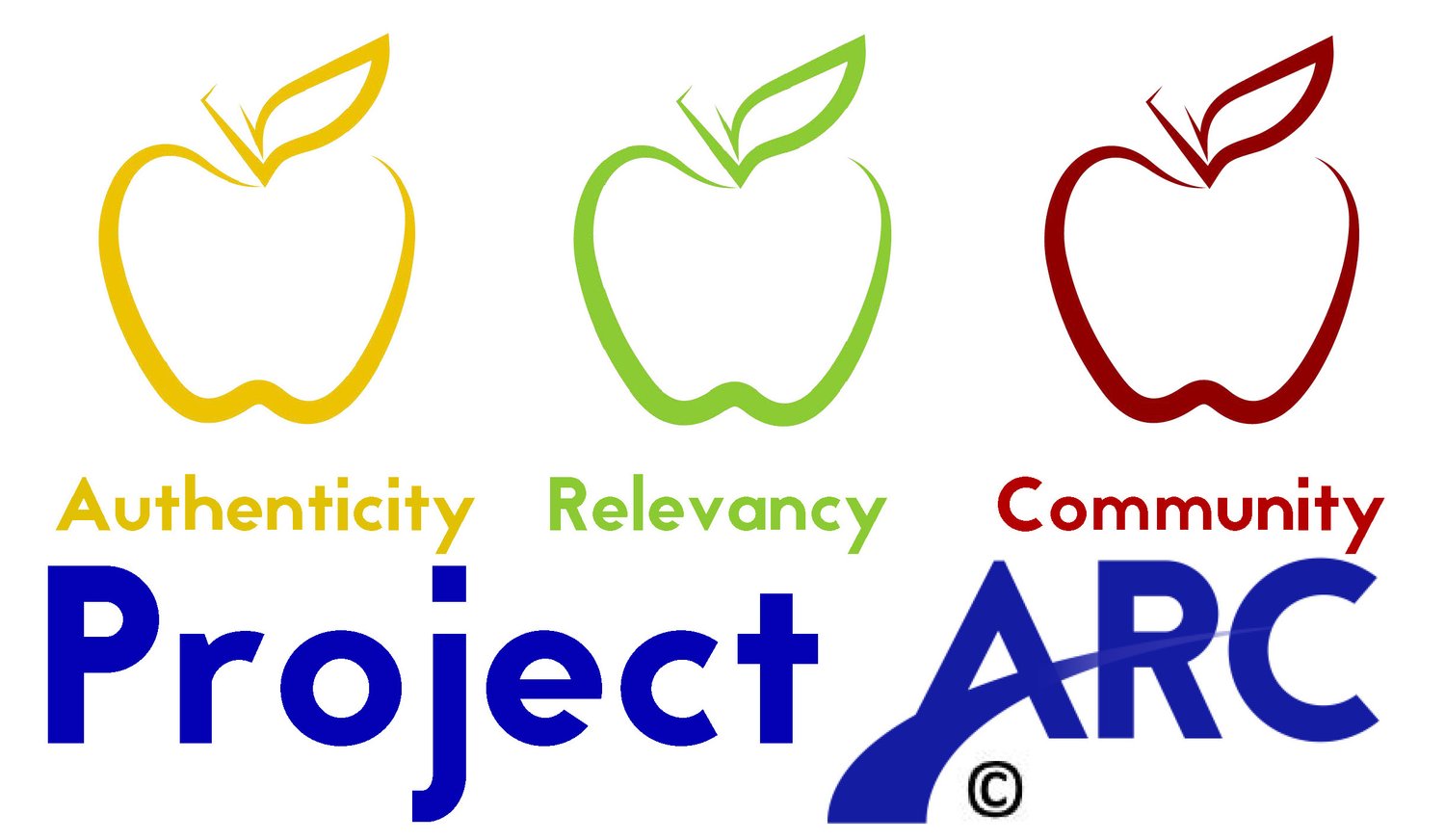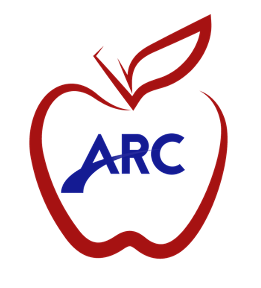A Stitch in Time…
Welcome to February, the longest and shortest month of the year. It’s gray and cold, the nights are still longer than the days, and it often seems there’s not enough time left in the year to get everything done. Though some may not remember the old adage above, it’s time to discuss why tailoring work for your learners can save you time.
When we think about “tailoring,” we usually think of a time—consuming and costly process. Few teachers or administrators can afford it, so we buy things off the rack. When we use tailoring to describe how we work with our learners, there are time-saving advantages when it comes to covering curriculum.
Think of your curriculum as the whole cloth you use to design your learning experiences. That word, “design,” is important. We know our curricula are not a one-size-fits-all, off-the-rack solution for every one of our learners. To make it work that way, we’d have to plan lessons that fit every learner. Now, that’s a time-consuming process! Differentiation is a worthwhile endeavor, but if you plan differentiation for all of your learners you’ll likely miss an important part of what makes differentiation successful: learners grow. Planning ahead, and then having to change your plans is a lot of extra planning.
Design embraces the iterative nature of what is needed for differentiation, but it is a process that works with your learners as they grow. Instead of planning everything out, start with an initial idea, prototype it with your learners, and use formative assessment to scaffold that growth as you go. When you do, you’ll find that designing with your learners is much easier because it is data-driven and grows with them.
This process works well for any kind of teaching, but it is particularly well-suited when designing authentic project learning experiences (APLEs). Rather than planning every stage of a project in meticulous detail, start with an idea captured in a good question, and think about how that idea captures your curriculum. You don’t need to do a whole lot more planning than that! Your learners will ask when they need to know something, and you can teach to answer those questions. Your APLE isn’t likely to fall apart as learners grow. Instead, you’ll fine you’ve saved nine plans you probably didn’t need at all!
If you’d like some coaching on how to design with each of your learners rather than plan for all of them, contact us at info@proj-arc.com today!

